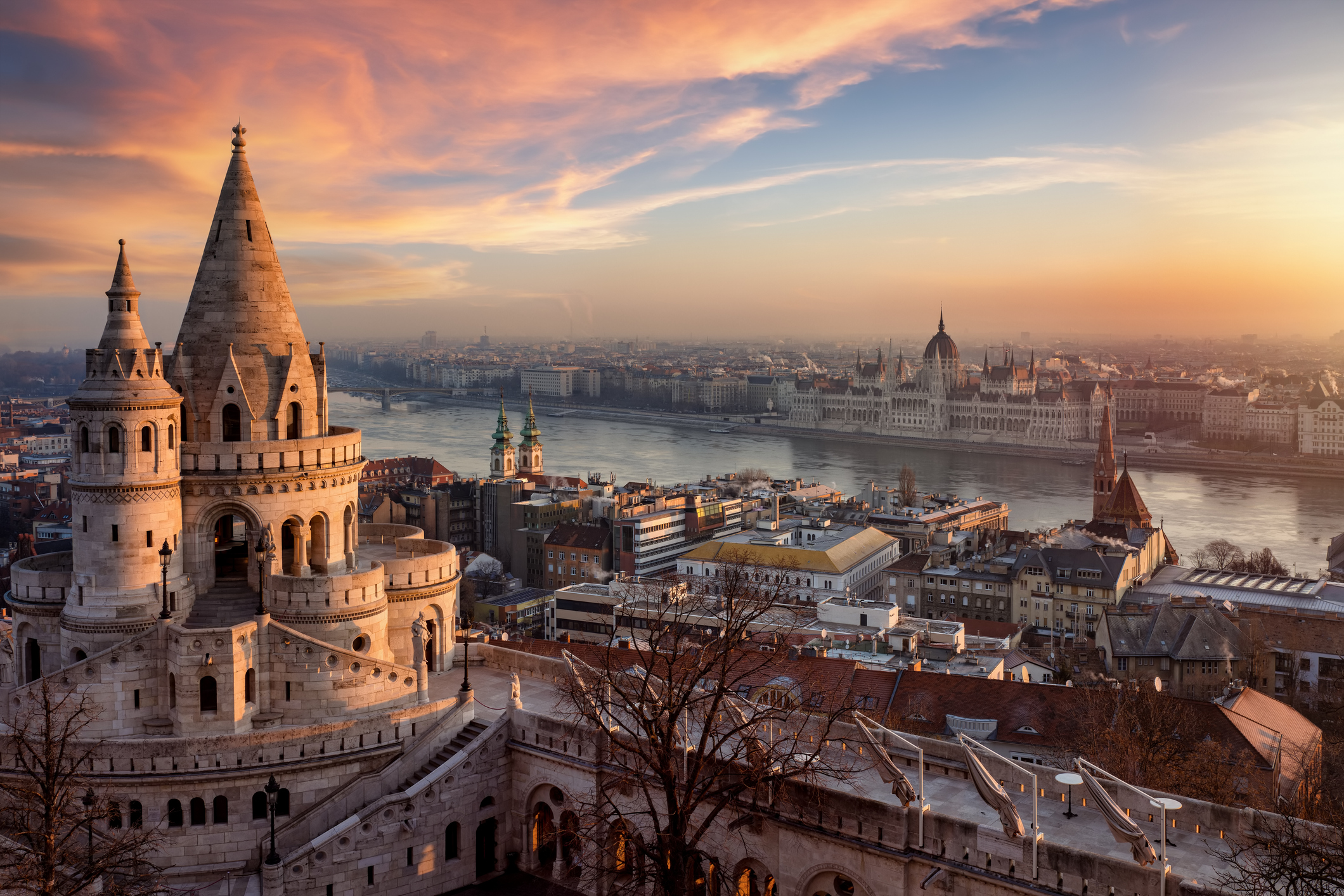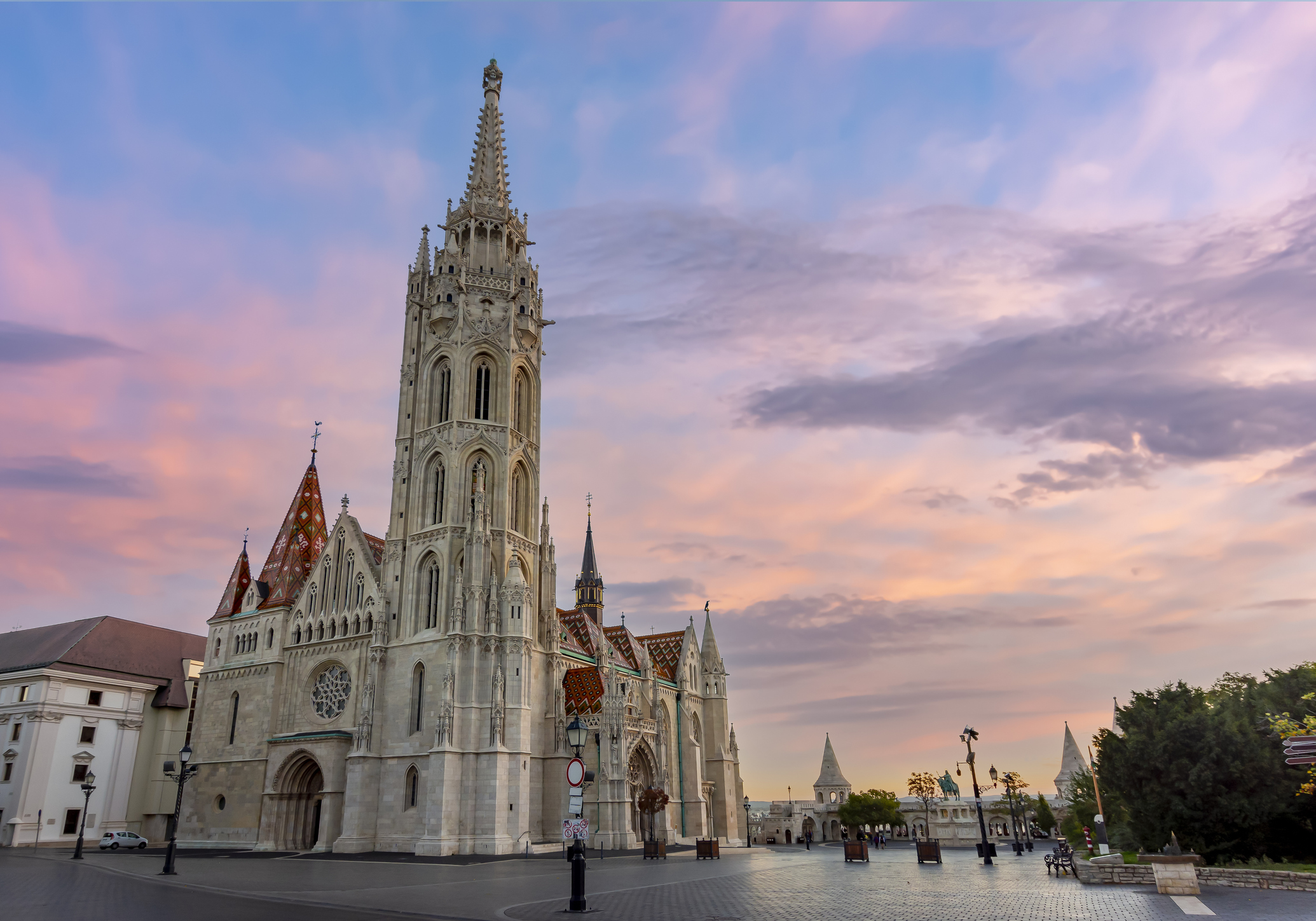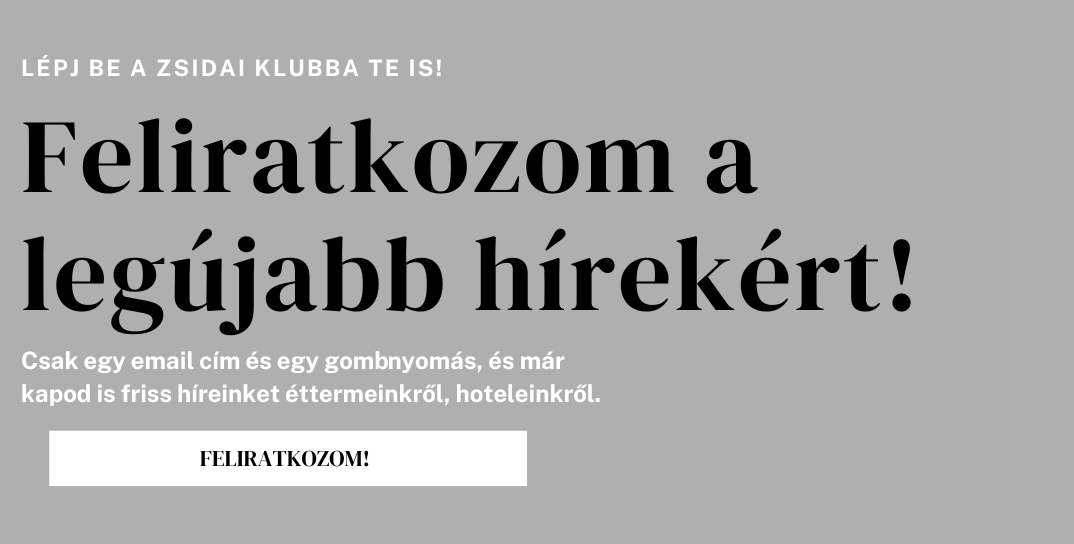The Buda Castle and Castle District is one of Budapest's most significant and beautiful areas, enchanting visitors with its rich history, stunning architecture, and cultural attractions.
Budapest's Most Beautiful and Well-Known Attraction: The Buda Castle
The Buda Castle and Castle District is one of Budapest's most significant historical and cultural sites, attracting millions of tourists annually. This UNESCO World Heritage site offers breathtaking panoramas, historic buildings, and museums. In this article, we present the rich history, main attractions, and practical information for visiting the Buda Castle and Castle District in detail.
History of the Buda Castle
The history of the Buda Castle dates back to the Middle Ages when King Béla IV of Hungary ordered the construction of the castle in the 13th century after the Mongol invasion. The original castle gradually expanded and developed over the centuries, influenced by various royal dynasties and historical events.
Middle Ages
The medieval Buda Castle was one of the most important fortresses of the Kingdom of Hungary. Within its walls stood royal palaces, churches, and residences. During the reign of the Angevin dynasty, the castle underwent significant expansion and development, reaching its peak during the reign of King Matthias in the 15th century. King Matthias had a Renaissance court built, which was one of the most beautiful palaces in Europe.
Ottoman Occupation and Habsburg Rule
In the mid-16th century, the Ottomans captured Buda, and the castle was under Turkish rule for over 150 years. During this time, the castle's buildings suffered significant damage, and the area fell into neglect. After the expulsion of the Turks in the late 17th century, the Habsburgs began rebuilding the castle. The baroque royal palace and many buildings of the Castle District were shaped into their present form during this period.
19th and 20th Centuries
In the 19th century, the reconstruction and modernization of the Buda Castle continued. During the Austro-Hungarian Monarchy, the royal palace was further expanded and became more ornate. During the siege of 1944-1945, in World War II, the castle suffered significant damage. After the war, the area was restored, and many historical buildings were renovated.
Main Attractions of the Castle District
The Buda Castle District offers many historical and cultural attractions, the most important of which are presented below.
Buda Castle
The Buda Castle, often referred to as the Royal Palace, is the most impressive building in the Buda Castle District. Originally built as a medieval fortress, the palace underwent numerous reconstructions and expansions over the centuries.
The Hungarian National Gallery, located in the palace building, houses Hungary's most significant collection of fine arts. The gallery's exhibitions range from medieval art to 20th-century works.
Also located in the palace building, the Budapest History Museum presents the history of Budapest from prehistoric times to the present day. The museum offers particularly interesting exhibitions about medieval Buda and the city's development.
Fisherman's Bastion

The Fisherman's Bastion is one of the most distinctive structures of the Buda Castle, built in neo-Gothic and neo-Romanesque style in the late 19th century. It is named after the medieval guild of fishermen who were responsible for defending this part of the city walls.
Viewpoint: the terraces of the Fisherman's Bastion offer a stunning view of the Danube, the Parliament building, and the Pest side of the city. The experience is particularly special at sunset and with the evening illumination.
Matthias Church

The Matthias Church, officially known as the Church of Our Lady of Buda Castle, is one of the most important historical and religious sites in the Buda Castle District. The church has hosted several coronation ceremonies and was a stage for many Hungarian kings' reigns.
Interior: The interior of the church is adorned with impressive decorations and frescoes depicting Hungarian history and religious life. The colorful stained glass windows and the magnificent pulpit are particularly noteworthy.
If you get hungry while exploring the numerous attractions of the Buda Castle District, try the Zsidai restaurants in the district, where you can enjoy friendly Hungarian hospitality, incredible flavors, and unique panoramas.
Order now
Other Attractions in the Castle District
The Buda Castle District offers many additional attractions, some of which are highlighted below.
Sándor Palace
The Sándor Palace is the official residence of the President of Hungary. The building, constructed in the early 19th century in classical style, is a venue for important state events.
National Dance Theatre
The National Dance Theatre is one of the main venues for Hungarian folk and modern dance performances. The shows provide a rich cultural experience for visitors.
Vienna Gate
The Vienna Gate is one of the main entrances to the Buda Castle, playing a significant role in the castle's defense since the Middle Ages. Near the gate are the Vienna Gate Square Church and the National Archives of Hungary.
Practical Information for Visiting
The Buda Castle and Castle District are easily accessible from the center of Budapest. The following information will help in planning your visit.
Access: The Castle District can be reached by buses number 16 and 16A, as well as the funicular from Clark Ádám Square. The funicular is particularly popular among tourists as it offers a stunning view of the Danube promenade and the Chain Bridge.
Opening Hours: The buildings and museums of the Buda Castle District are generally open from Monday to Sunday, but it is advisable to check specific opening hours and potential closures in advance.
Tickets: Museums and some attractions require entrance tickets, which can be purchased online to avoid waiting. Combined tickets are also available, providing discounted access to multiple sites.

